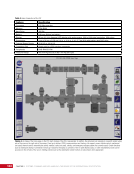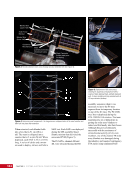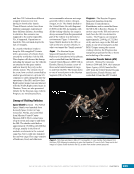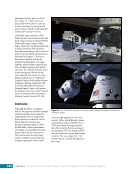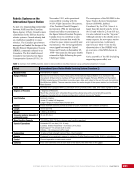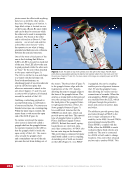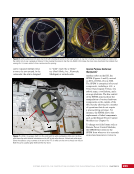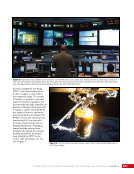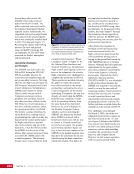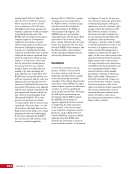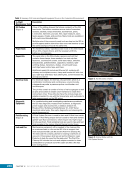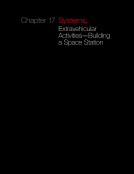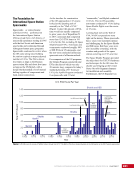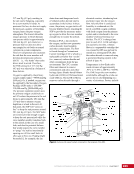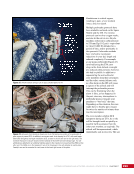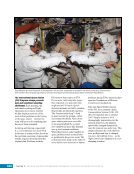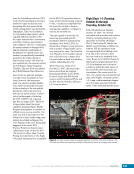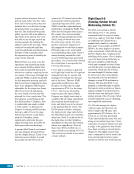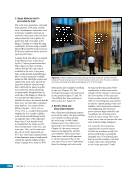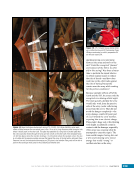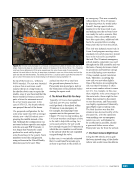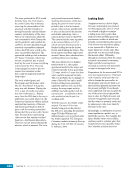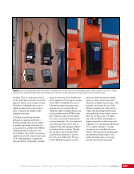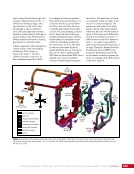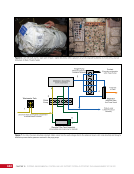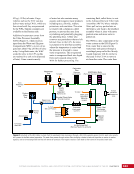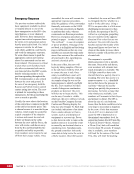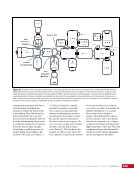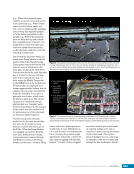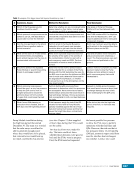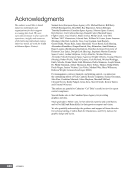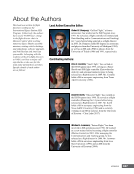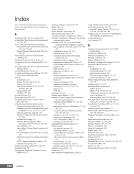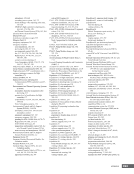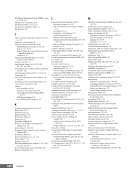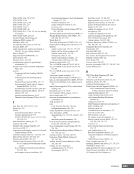107 SYSTEMS: COMMAND AND DATA HANDLING—THE BRAINS OF THE INTERNATIONAL SPACE STATION CHAPTER 5 flight controllers reconfigured the system. Although the NCS cannot really communicate with the INT, EXT, or GNC MDMs, it would still provide the crew with at least a small amount of insight and control. Since the Node MDMs were the “little guys” compared to the “big” C&Cs, this software process was dubbed Mighty Mouse, based on the old American television and film cartoon. Activating the Laboratory Module— the brains of the USOS—at 5A was a bit of a chicken-and-egg dilemma. Computers were needed to operate the systems, but they generated heat as did the other systems coming online. Therefore, the Thermal Control System needed to be activated as soon as possible to provide cooling to the computers already activated before they overheated. The Thermal Control System, of course, needed computers to operate. A variation of Mighty Mouse software was used to affect the handover of control from the Node to the laboratory during STS-98/ISS-5A. The successive waves of power cycling various C&C MDMs, followed by waiting for signs of life, were stripped out in the software to save time on the assumption that the C&C-1 MDM would not be failed at the start of its life on orbit. Instead, the NCS would power on C&C-1, relinquish control of the busses, and wait to either detect the CCS or resume control if unsuccessful. This software was now dubbed Minnie Mouse, based on the Disney character and building on the mouse theme. Upon transitioning to its normal Operational mode, the CCS would see no INT MDM, thus triggering RM to initialize the INT MDM. During the mission, the astronauts would command the Node computers into Minnie Mouse mode. The flight controllers and astronauts would hold their breath for 5 minutes. If it worked, automated software would begin configuring the rest of the systems. If it didn’t work, the ISS could be left in some limbo state with no computer in charge. Fortunately, everything executed flawlessly. The new MDMs were integrated relatively seamlessly as new modules were added to the ISS. Upon activation of the module, the new Tier 2 or Tier 3 computers would immediately transition to an operational mode and begin talking to the next-higher level. From about 2000 to 2014, the C&DH system grew from two MDMs to 46. Major software upgrades have occurred about once per year (see also Chapter 6). Conclusion Unlike previous manned spacecraft, the ISS is almost completely controlled by computers. The computer system runs every spacecraft function from controlling the solar arrays to keeping the power generation going to communication with the ground. It also reconfigures other computers and hardware in the event of a problem. These failures are annunciated to the crew and ground through various cautions and warning with lights and audible tones. While the flight controllers on the ground communicate through the ISS via the C&C MDMs, the crew interface with a laptop called the PCS. Finally, as with the ISS itself, the C&DH system has evolved over the years, most notably by upgrades to the software and sometimes the hardware, as is the case with terrestrial computers.
Purchased by unknown, nofirst nolast From: Scampersandbox (scampersandbox.tizrapublisher.com)








































































































































